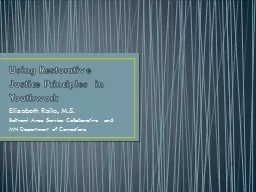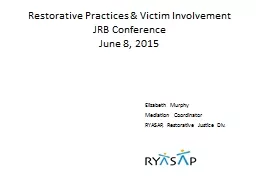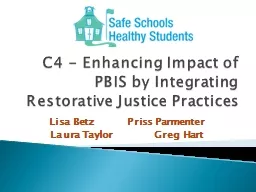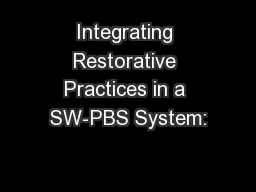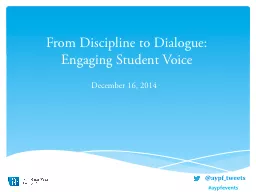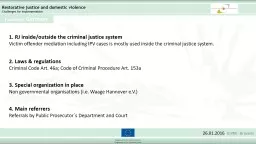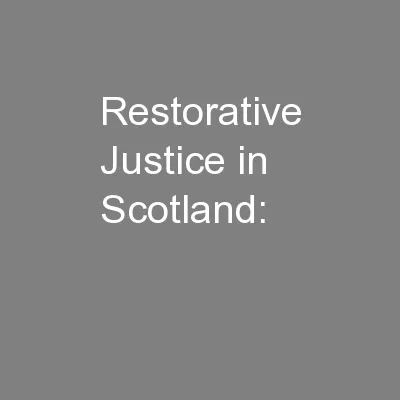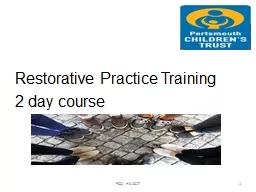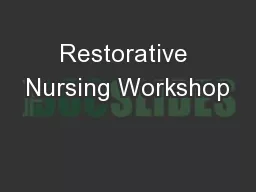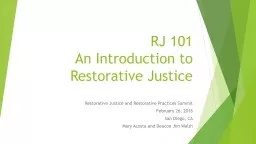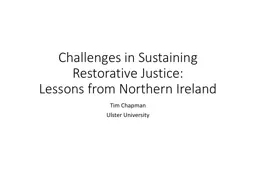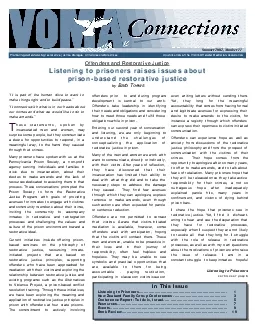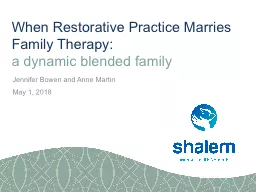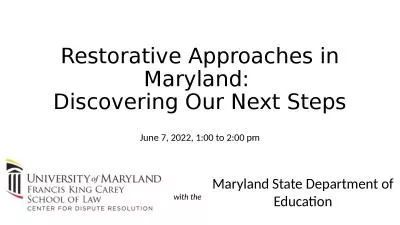PPT-Using Restorative Justice Principles in
Author : conchita-marotz | Published Date : 2018-10-25
Youthwork Elizabeth Raile MS Beltrami Area Service Collaborative and MN Department of Corrections Delinquency Intervention Program Supervision for youths adjudicated
Presentation Embed Code
Download Presentation
Download Presentation The PPT/PDF document "Using Restorative Justice Principles in" is the property of its rightful owner. Permission is granted to download and print the materials on this website for personal, non-commercial use only, and to display it on your personal computer provided you do not modify the materials and that you retain all copyright notices contained in the materials. By downloading content from our website, you accept the terms of this agreement.
Using Restorative Justice Principles in: Transcript
Download Rules Of Document
"Using Restorative Justice Principles in"The content belongs to its owner. You may download and print it for personal use, without modification, and keep all copyright notices. By downloading, you agree to these terms.
Related Documents

